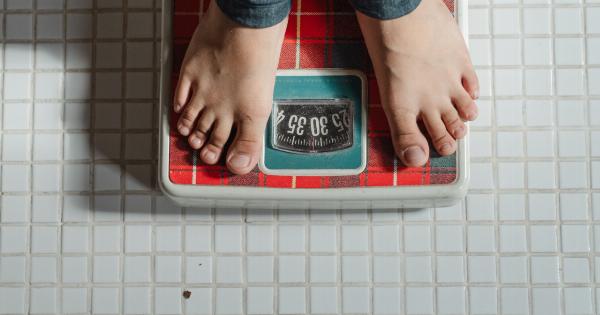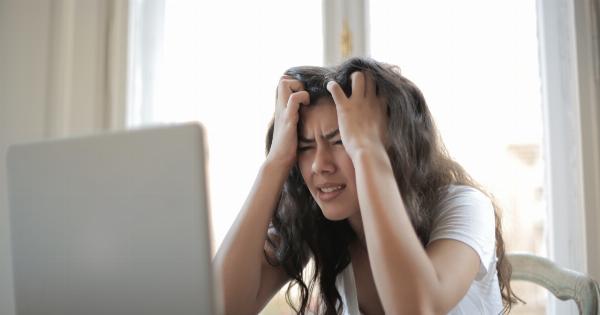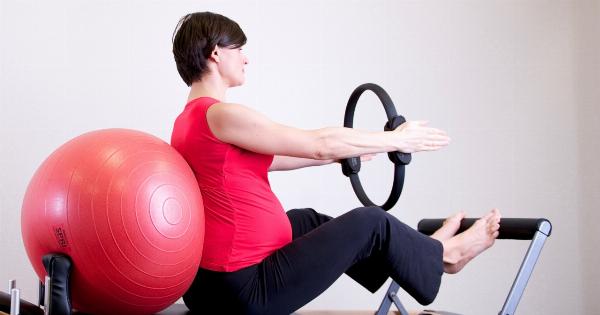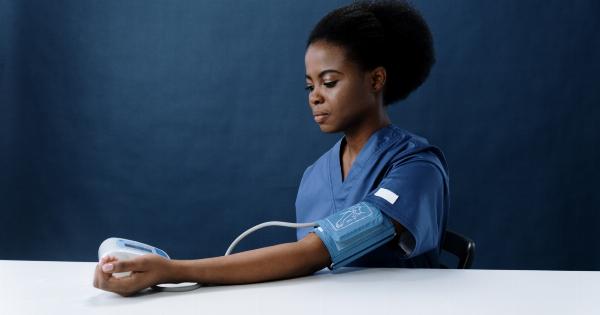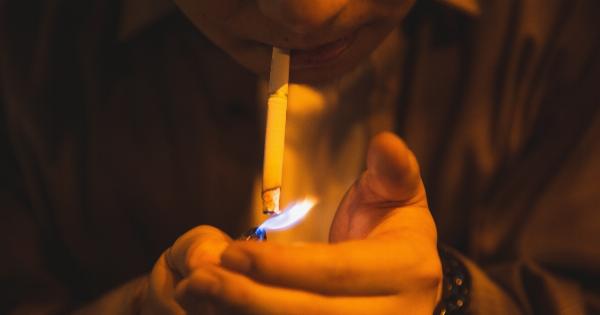Hemorrhoids are swollen veins located in the lower rectum or anus. While they can be uncomfortable and painful, they are quite common, affecting millions of people worldwide.
Several factors can contribute to the development of hemorrhoids, and understanding these causes can help in their prevention and management. In this article, we will explore the top causes of painful hemorrhoids.
1. Constipation
One of the leading causes of hemorrhoids is chronic constipation. When you struggle to have regular bowel movements, it puts excessive pressure on the blood vessels in the anal area, leading to the formation of hemorrhoids.
Straining during bowel movements further exacerbates this condition, increasing pain and discomfort.
2. Diarrhea
While constipation can cause hemorrhoids, the opposite problem, diarrhea, can also contribute to their development. Frequent loose stools can irritate the rectal area, leading to swelling and inflammation of the blood vessels.
3. Prolonged Sitting
Sitting for extended periods, especially on hard surfaces, can contribute to the development of hemorrhoids. This sedentary behavior increases pressure on the anal area, making the blood vessels more susceptible to swelling and inflammation.
People who work desk jobs or spend long hours driving are particularly prone to this factor.
4. Obesity
Obesity is often associated with various health problems, and hemorrhoids are no exception. Excess weight puts additional pressure on the rectal veins, making them more prone to becoming enlarged and painful.
Maintaining a healthy weight can help prevent the development of hemorrhoids.
5. Pregnancy
Pregnancy can put significant strain on the pelvic region, causing various complications including hemorrhoids.
The growing uterus and increased blood volume lead to increased pressure on the rectal veins, making pregnant women more susceptible to developing painful hemorrhoids.
6. Aging
As we age, our tissues become less elastic and supportive, making them more susceptible to various health conditions, including hemorrhoids.
Weakness in the tissues surrounding the anal area can contribute to the formation of hemorrhoids and increase the severity of symptoms.
7. Heavy Lifting
Regularly engaging in heavy lifting, such as weightlifting or manual labor, can strain the muscles surrounding the anus.
This increased pressure can lead to the development of hemorrhoids, especially when combined with the additional strain of holding one’s breath during the exertion.
8. Poor Diet
Consuming a diet lacking in fiber and fluids can contribute to the development of painful hemorrhoids. A fiber-deficient diet results in hard stools, requiring straining during bowel movements.
Additionally, inadequate hydration can lead to harder stools, making hemorrhoids more likely to occur or worsen.
9. Chronic Coughing
Chronic coughing, often associated with conditions such as bronchitis or asthma, can increase the likelihood of developing hemorrhoids.
Frequent and forceful coughing puts strain on the pelvic region, causing increased pressure on the blood vessels in the anal area.
10. Genetics
While not a preventable cause, genetics can play a role in the development of hemorrhoids.
Some individuals may have a genetic predisposition to weak rectal vein walls or poor connective tissue support, making them more prone to developing painful hemorrhoids.
Prevention and Treatment
While the causes of painful hemorrhoids vary, there are several preventive measures and treatment options available:.
– Maintain a healthy diet rich in fiber and fluids to promote regular bowel movements and prevent constipation.
– Engage in regular physical activity to improve overall circulation and prevent excessive pressure on the anal area.
– Avoid prolonged sitting, especially on hard surfaces. Take frequent breaks to stretch and move around.
– Practice good toilet habits, including avoiding straining during bowel movements.
– Use over-the-counter creams, ointments, or suppositories to relieve symptoms and reduce inflammation.
– Apply ice packs or warm compresses to alleviate discomfort.
– Clean the anal area gently with warm water and avoid using rough toilet paper.
– In severe cases, medical interventions such as rubber band ligation, sclerotherapy, or surgery may be necessary.
Conclusion
Painful hemorrhoids can cause significant discomfort and disrupt daily life. Understanding the top causes of this condition can help individuals take preventive measures and seek appropriate treatment when necessary.
By addressing the underlying causes and adopting healthy lifestyle habits, individuals can manage and reduce the risk of developing painful hemorrhoids.






